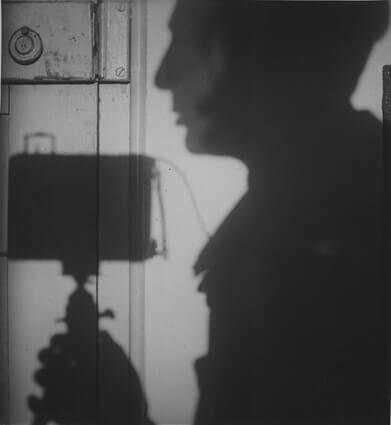
Courtesy of Estate of André Kertész, New York
Portrait filmé
André Kertész
Du 26 juin au 27 octobre 2019 au Jeu de Paume – Château de Tours, l’exposition rétrospective « L’équilibriste, André Kertész : 1912-1982 » est consacrée au grand photographe hongrois naturalisé américain (1894-1985). Son œuvre fut à l’unisson de sa vie et de ses sentiments : de ses débuts en Hongrie à l’épanouissement de son talent en France, de ses années d’isolement à New York à sa reconnaissance internationale.
Acteur majeur de la scène artistique parisienne durant l’entre-deux-guerres, André Kertész, dont la carrière s’étend sur plus de soixante-dix ans, est aujourd’hui reconnu comme l’un des photographes les plus marquants du XXe siècle. Son œuvre foisonnante, aux compositions marquées par les avant-gardes européennes – notamment d’Europe de l’Est –, trouve sa source dans sa culture hongroise mêlant poésie et intimité.
One of the twentieth century’s great photographers, André Kertész (Budapest, 1894–New York, 1985) left a prolific body of work spanning more than seventy years (1912–1984), a blend of the poetic and the intimate with its wellspring in his Hungarian culture. The Art of Poise: André Kertész traces this singular career, showcasing compositions that bear the stamp of Europe’s avant-garde art movements, from the artist’s earliest Hungarian photographs to the blossoming of his talent in France, and from his New York years to ultimate international recognition.
Kertész arrived in Paris in October 1925. Moving in avant-garde literary and artistic circles, he photographed his Hungarian friends, artists’ studios, street life and the city’s parks and gardens. In 1933 he embarked on his famous Distortions series of nudes deformed by funhouse mirrors, producing anamorphic images similar in spirit to the work of Pablo Picasso, Jean Arp and Henry Moore.
